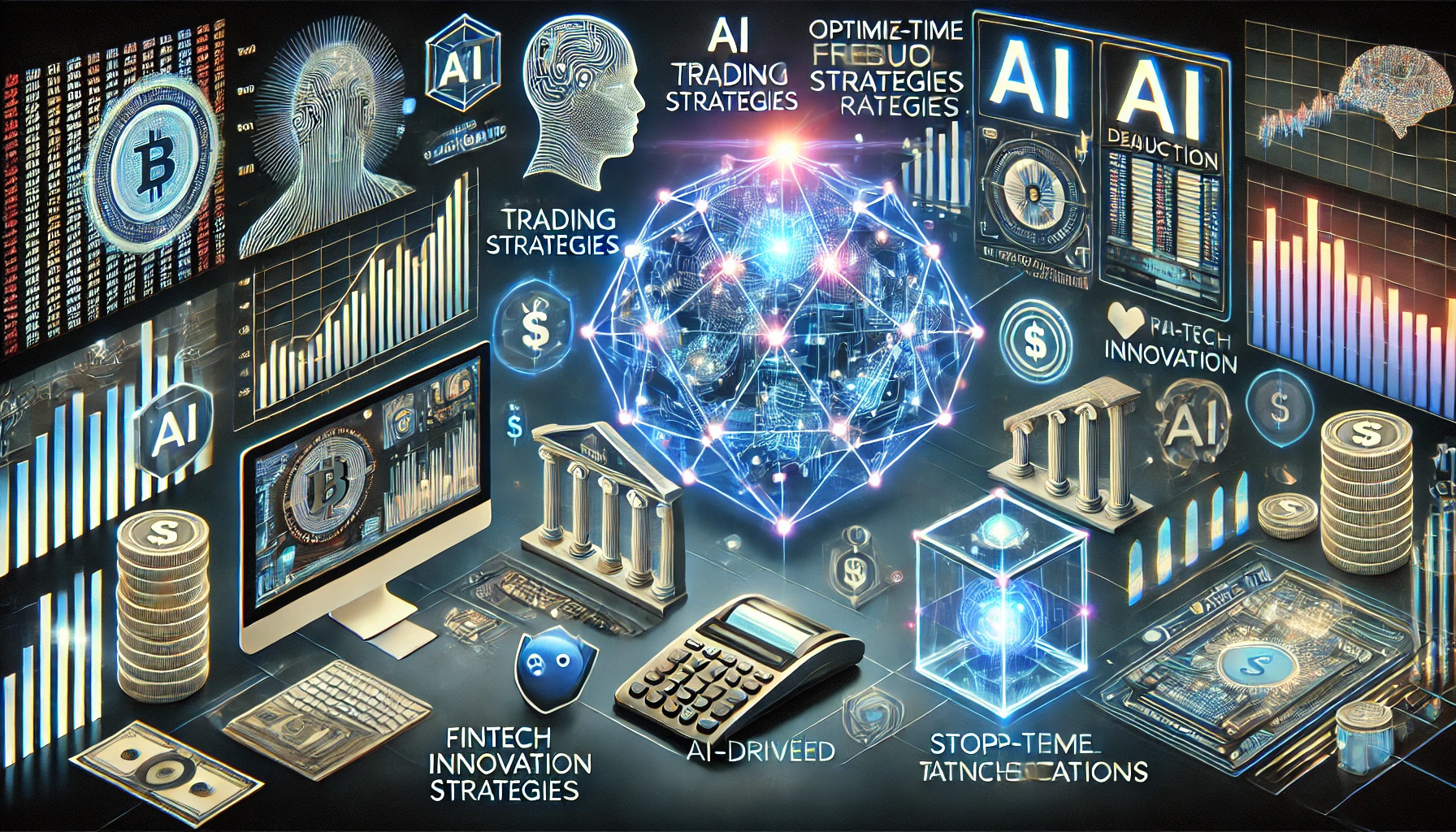Financial AI: The Role of Algorithms in Shaping the Future of Investment and Fraud Detection

The Algorithmic Revolution: From Trading Floors to Digital Dominance
Remember the days when stock traders frantically waved their arms, yelling orders across the trading floor? Well, those days are gone. Today, algorithms are the ones shouting—only they’re doing it in microseconds. AI has revolutionized financial trading, with machine learning algorithms analyzing vast datasets to create and execute trading strategies faster than any human could. These algorithms can spot trends, optimize portfolios, and even predict market movements. Asset managers now use AI to generate market analyses and refine investment strategies in real-time, leaving traditional human traders in the dust.
AI in Fraud Detection: Catching the Bad Guys with Code
While algorithms are helping investors strike gold, they’re also playing the role of digital Sherlock Holmes in fraud detection. With online transactions and digital wallets booming, the financial industry has become a hotbed for cybercriminals. AI's ability to detect anomalies in data is crucial for identifying fraudulent activities. For instance, AI can spot unusual spending patterns or anomalies in transaction histories. It’s like having an all-seeing eye scanning millions of transactions, flagging potential fraud faster than you can say 'phishing.' And with generative AI on the rise, fraudsters have ramped up their game—but so have the algorithms designed to catch them.
Regulatory Compliance: Navigating a Labyrinth with AI
AI’s influence extends beyond trading and fraud detection—it’s also making waves in regulatory compliance. In a world where financial regulations are ever-evolving and increasingly complex, AI has become a lifeline for institutions striving to stay compliant. Machine learning algorithms help reduce false positives in compliance alerts, streamlining the detection of genuine threats. AI is also being used to ensure that companies meet Anti-Money Laundering (AML) and Know Your Customer (KYC) regulations by analyzing huge volumes of transaction data to detect suspicious patterns. And as compliance regulations get more intricate, AI is only going to become more indispensable in managing risks and ensuring transparency.
Fintech Innovations: AI-Powered Solutions Taking Center Stage
The fintech space is practically overflowing with AI-driven innovations. From robo-advisors that personalize investment strategies to biometric authentication systems that keep digital accounts secure, AI is reshaping how we interact with money. Companies like PayPal and ApplePay are integrating AI to make payments more secure, while start-ups are using AI to offer credit services to individuals with no traditional credit history. In fact, AI is democratizing finance by making it easier for underserved populations to access financial services, from micro-loans to AI-powered savings plans.
What’s Next for AI in Finance?
As AI continues to evolve, it’s clear that the financial landscape will keep changing. The next frontier includes the widespread use of generative AI for everything from creating new trading strategies to more sophisticated fraud detection tools. However, challenges remain—particularly around transparency, bias, and data privacy. Regulatory bodies are stepping in to ensure that AI in finance is used ethically, but the balance between innovation and control will be tricky to maintain. The question is: how will financial institutions and regulators navigate this evolving relationship with AI?



